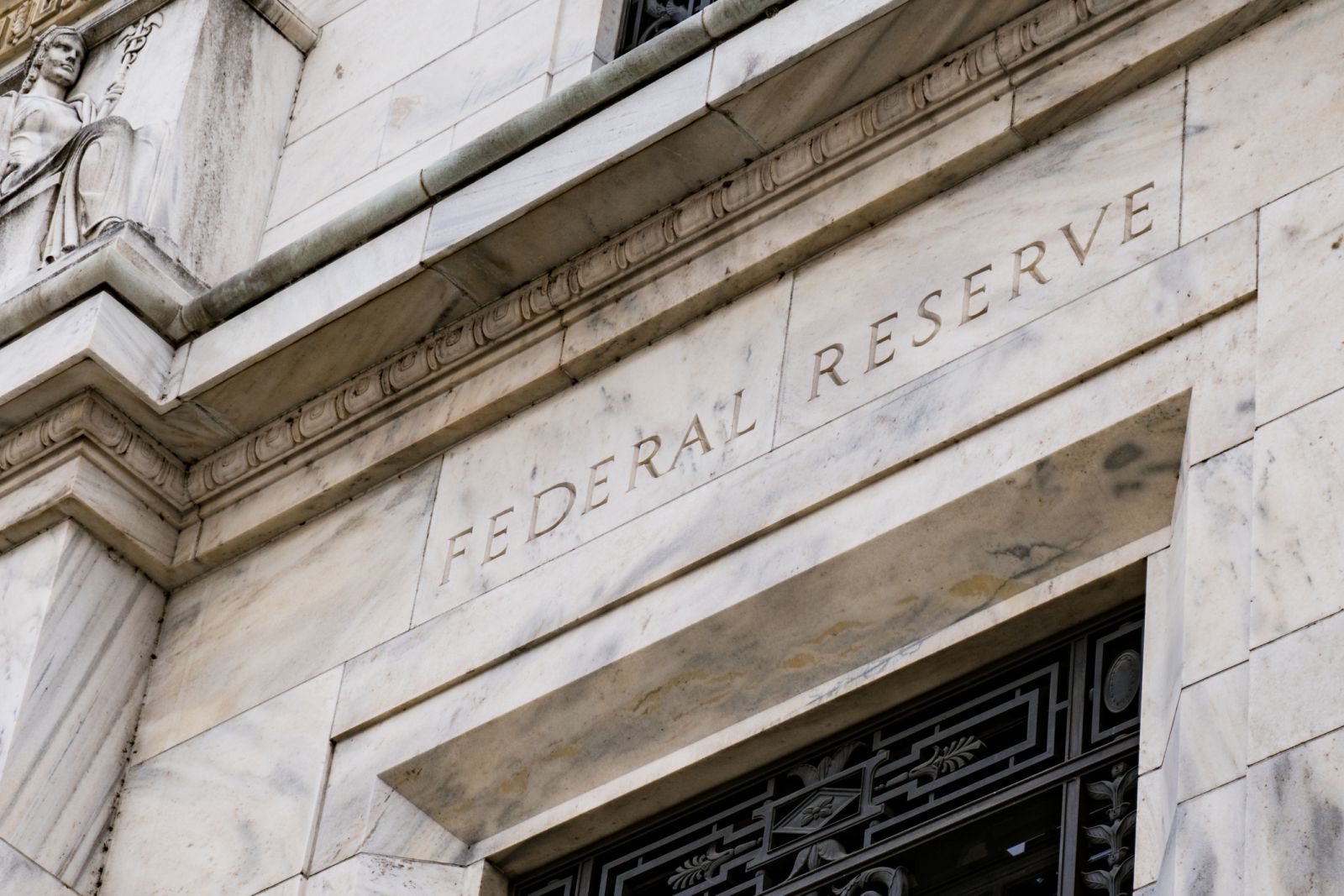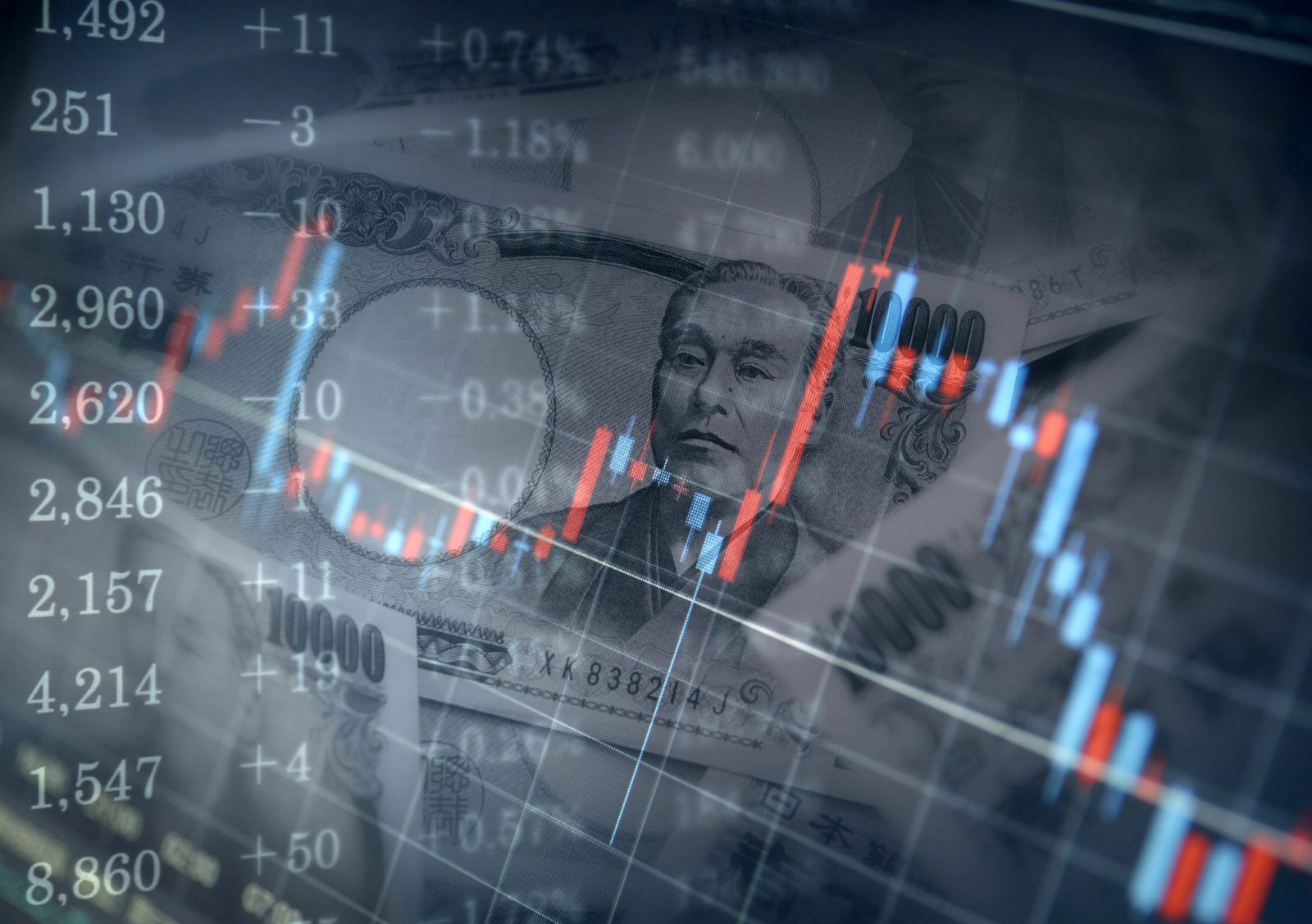
Federal Reserve officials appear divided about when to pause their monetary tightening campaign. Recent CPI news shows that inflation is decelerating, which has sparked speculation the Fed may be near a pause in its rate-hike campaign. However, a persistently tight labor market has some policymakers arguing against any pause in Fed rate hikes.
Last month, the Federal Open Market Committee (FOMC) raised its federal funds rate target range by +50 bp to 4.25% to 4.50%, slowing the pace of rate increases after four straight +75 bp rate increases. The FOMC also projected the median average funds rate rising to 5.1% this year, according to their dot-plot forecast, which will be updated next at the March FOMC meeting.
The mixed U.S. economic signals are complicating discussions on when, or if, the Fed should pause its hawkish policy. The market is discounting a 100% chance that the FOMC at its meeting in 1-1/2 weeks on Jan 31-Feb 1, will raise its federal funds rate target by another +25 bp to 4.50/4.75% from the current range of 4.25%/4.50%. The effective federal funds rate is currently at 4.33%, and FOMC members are predicting a funds rate of 5.1% by the end of this year, up +77 bp from the current level.
However, the federal funds futures market is much less hawkish than the Fed, predicting a +57 bp rate hike to 4.90% by July and then a -37 bp decline in the funds rate to 4.53% by December. The markets believe the Fed will overdo its rate hike regime and spark a recession. The markets are therefore expecting at least a -25 bp rate cut towards the end of this year.
Some Fed officials have a hawkish outlook because they worry inflation will be sticky and require a sustained period of restrictive policy to insure against a resurgence in inflation. On Thursday. Fed Vice Chair Brainard said, “even with the recent moderation, inflation remains high, and policy will need to be sufficiently restrictive for some time to make sure inflation returns to 2% on a sustained basis.” Also, New York Fed President Williams on Thursday said that “monetary policy still has more work to do” to return inflation to 2%.
By contrast, other Fed officials believe interest rates are already in restrictive territory, and that it may be time for the Fed to back off on tightening monetary policy. On Thursday, Boston Fed President Collins said, "now that interest rates are in restrictive territory, I believe it is appropriate to have shifted from the initial expeditious pace of tightening to a slower pace." Also, Dallas Fed President Hogan and Philadelphia Fed President Harker this week both backed slowing the pace of rate hikes while supporting further tightening.
Most Fed officials support Fed Chair Powell’s view that it will take a deceleration in the prices of core services other than housing to bring inflation back to 2%. Dallas Fed President Hogan said, “in order to achieve price stability, I think that is going to require some loosening in the economy and the labor market.” However, with U.S. unemployment at a five-decade low, it remains to be seen how much tighter monetary policy needs to get before wage growth and employment cools. Deutsche Bank Securities said, “we still don’t have enough evidence that says wage growth is going to evolve in a way that will be consistent with 2% inflation.”
More Stock Market News from Barchart
- Stocks Climb on Strength in Technology Shares
- Should Investors Worry About Insider Selling for Nvidia (NVDA)?
- Markets Today: Stock Indexes Climb on Strength in Alphabet and Netflix
- Netflix Results Show Free Cash Flow, Membership Growth and Buyback Plans
On the date of publication, Rich Asplund did not have (either directly or indirectly) positions in any of the securities mentioned in this article. All information and data in this article is solely for informational purposes. For more information please view the Barchart Disclosure Policy here.


/Alphabet%20(Google)%20Image%20by%20Markus%20Mainka%20via%20Shutterstock.jpg)
/Netflix%20on%20tv%20with%20remote%20by%20freestocks%20via%20Unsplash.jpg)

/Broadcom%20Inc%20logo%20on%20building-by%20Poetra_%20RH%20via%20Shutterstock.jpg)
